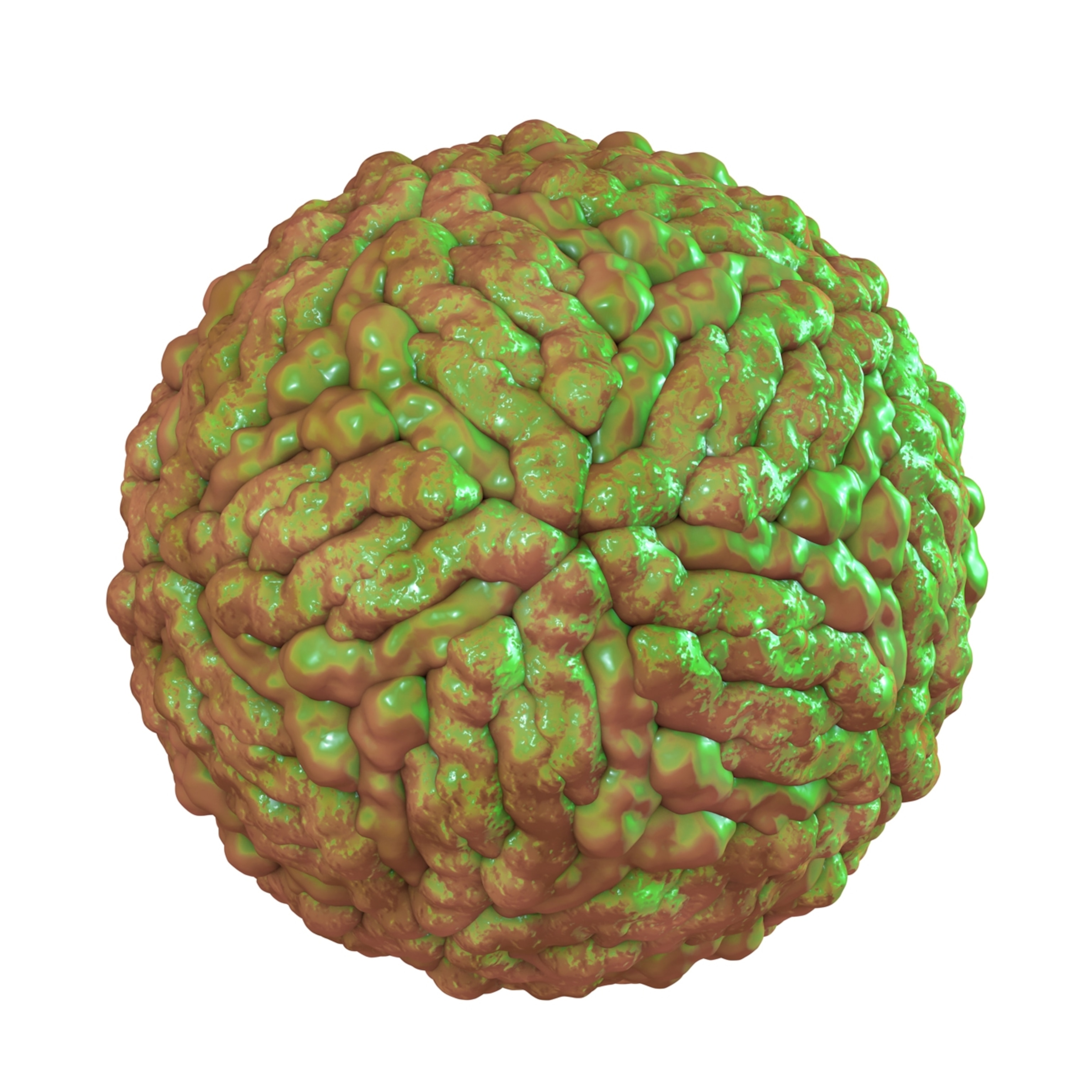
Sequencing Tsetse Fly Genome Reveals Surprises That May Save Lives
Scientists may next be able to exploit the deadly fly's live birth and mammalian-like milk in battle against sleeping sickness.
The genome of the tsetse fly—a disease-ridden insect with surprisingly mammalian biology that stalks the people and livestock of sub-Saharan Africa—has been decoded, a team of 146 scientists announced today in Science.
The sequence has revealed chinks in its strange biology that could help alleviate the human suffering and economic losses caused by the trypanosome parasite it transmits.
The tsetse fly has long been an oddball among disease-transmitting insects. The fly carries the parasite for sleeping sickness, which strikes about 20,000 people a year and puts an estimated 70 million people in sub-Saharan Africa at risk. And since the disease also affects livestock, it makes animal husbandry all but impossible in some parts of the region, exacting a severe economic toll.
But these bloodsuckers are also oddly mammalian. Females get pregnant with single young that they nourish with milk inside a womb. The female then gives birth, much like squeezing a slug of toothpaste from a tube, to a single undulating larva nearly her own size. And a female tsetse fly produces only eight to ten offspring her whole life (compared to a female mosquito, which produces teeming hordes of larvae every cycle, up to about a thousand over her life span).
"If you can eliminate one female, it can have a big effect on the population," said Serap Aksoy, professor of epidemiology at the Yale School of Public Health in New Haven, Connecticut.
The new genome may provide a host of new weapons in the control of sleeping sickness, more properly called trypanosomiasis after the parasite that causes it, as well as of its livestock counterpart, nagana. For instance, the tsetse genome reveals a single regulatory protein, ladybird late, that orchestrates milk production in the fly. Targeting that protein with inhibitory chemicals could be a good strategy for population control—less milk, less fertility.
Tsetse Genes
The tsetse genome is about one-tenth the size of the human genome, with 366 million base pairs, compared to three billion or so in the human genome. (The genome of the Drosophila fruit fly, in comparison, contains about 140 million base pairs.) It contains 12,308 protein-encoding genes, compared to a human's 20,000.
Twelve of those genes code for proteins in milk production, an indication of how important lactation is to the survival of the tsetse. These 12 genes include a whole new family of milk proteins uncovered during genome sequencing.
The genome also reflects the tsetse fly's unusual feeding strategy, which is confined to blood. Aksoy and her team found no sugar-processing genes at all.
"All of the metabolic pathways preserved point to its ability to use blood as its single nutrient source," she says. The fly makes up for nutritional deficiencies by playing host to a variety of symbiotic bacteria that synthesize some of the vitamins its blood-only diet lacks.
According to Aksoy, knowing the full tsetse genome might provide better guidance for setting traps, which currently rely on chemical and visual cues and are generally inefficient. Tsetse fly control teams have long known that the flies are attracted to blue and black, but now that scientists know the genes involved in color sensing, they can compare them to genes in other species, thereby discovering the best shade of dark blue to use.
Aksoy said that knowing the genes involved in smell, taste, and vision might also lead to better lures or repellents that capitalize on particular genes.
And, she hopes, it might be possible to administer vaccines to livestock that create antibodies to the proteins found in the tsetse gut and saliva glands. This would keep the flies from digesting their blood meals well; without sufficient energy and nutrition, they'd be unable to support a pregnancy.
"Heroic Effort"
"I thought it was an excellent paper and that this is really kind of a landmark in the molecular genetics of neglected tropical diseases," said Gilbert Burnham, professor of international health at Johns Hopkins Bloomberg School of Public Health in Baltimore, Maryland.
The people in the parts of Africa most affected, he said, lie outside the reach of public health programs and the notice of politicians, even though sleeping sickness is on the World Health Organization's list of the world's 17 most neglected tropical diseases.
"I think it actually was a pretty heroic effort," added Anthony James, a distinguished professor of vector biology at the University of California, Irvine. James, who studies mosquitoes that transmit dengue fever and malaria, said the level of annotation and gene description in the tsetse project was far deeper than what exists for several mosquito genomes, thanks in part to the supersize roster of scientists involved. (See "Mosquitoes Temper Severity of Malaria.")
Currently, sleeping sickness is fatal without treatment, and treatment is awful. One medication is essentially arsenic, given in doses high enough to kill the parasite but not quite high enough to kill the patient. Most treatments have serious side effects, or have become less effective over time; there is no vaccine.
But with the sequencing of the genome, better control options are now possible. The research, said James, "opens up people's minds in a way that they can now consider doing types of experiments they wouldn't have thought of doing before without it. It has that kind of impact."








